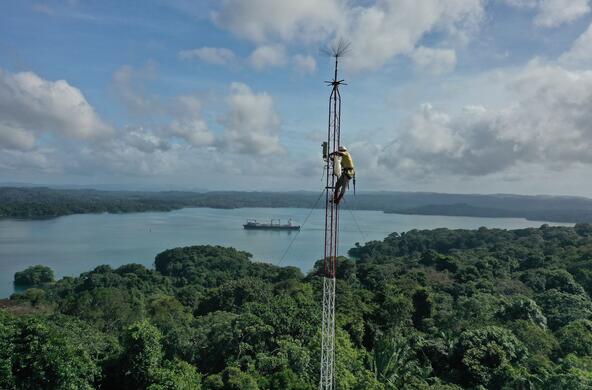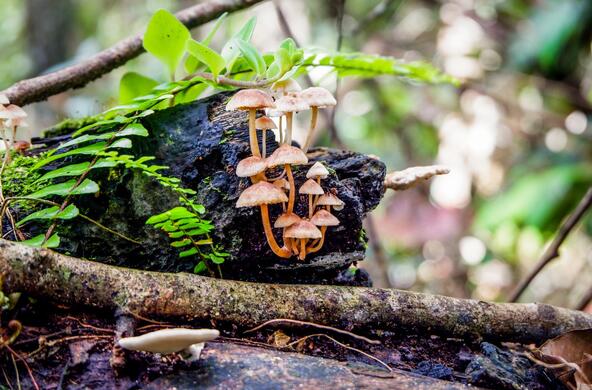A team of scientific and medical specialists, led by Bard College biologist Dr. Felicia Keesing and Cary Institute disease ecologist Dr. Richard Ostfeld, have connected the dots showing that species diversity in nature plays a critical role in protecting human health.
In a recent article published in Nature, the researchers show that losses in global biodiversity have resulted in increased infectious disease transmission in many organisms, including humans. Biodiversity was important at both large and small scales, from the loss of mammals in a forest to the decline of beneficial microbes within individual organisms.
The team reviewed studies of infectious diseases from around the world affecting plants, animals, and humans and found a consistent pattern across different types of ecosystems, pathogens, and hosts. Their conclusion, which is already being discussed in outlets ranging from Scientific American to TIME magazine: biodiversity both inside and outside organisms helps reduce the spread of infectious diseases.
While the team calls for more research to distinguish the many variables at play, one mechanism seems evident: the species that are most important in spreading disease are resistant to habitat degradation. Consequently, human-caused degradation of the environment generally favors these species, which increases disease risk. On the other hand, the species that buffer disease spread, for example by attracting but not transmitting pathogens, are more vulnerable to habitat degradation. "When we humans do things that erode biodiversity, we're effectively getting rid of the helpful species and favoring the nasty ones," Ostfeld notes.
Ostfeld has been instrumental in documenting the link between biodiversity loss and an increase in Lyme disease. When buffering species like opossum drop out of the landscape, and amplifying species like white-footed mice dominate, humans are more likely to encounter an infected tick.
Mounting evidence supports a protective effect of microbial diversity within our bodies as well. Although the variety of microbial cells in our tissues and their precise roles in disease suppression remain poorly known, the reduction in microbial diversity that accompanies overuse of antibiotics is associated with increases in some diseases.
The implications of this paper's conclusions are varied and large. Up until now, environmental solutions to infectious diseases have been sought piecemeal, with each disease assumed to be unique. This study suggests more general solutions. Conservation scientists know how to maintain native biodiversity – protecting natural habitat, preventing invasive species, and slowing climate change are critical. In managed ecosystems it is important to avoid monocultures of plants and livestock. In disease-emergence hotspots like tropical forests, human behaviors can be managed to reduce risk. Both wildlife hunting and land clearing put people in harm's way; these activities can be more tightly controlled to prevent emergence and spread of new epidemics.
Bottom line, says Ostfeld: "We can best preserve biodiversity by preserving habitat." Recognizing that conservation isn't just an abstract value but rather is a condition essential to fostering human health, the imperatives to pursue it become even stronger. "The protective effect of biodiversity is clear enough that we need to implement policies to preserve it now," notes Keesing.







